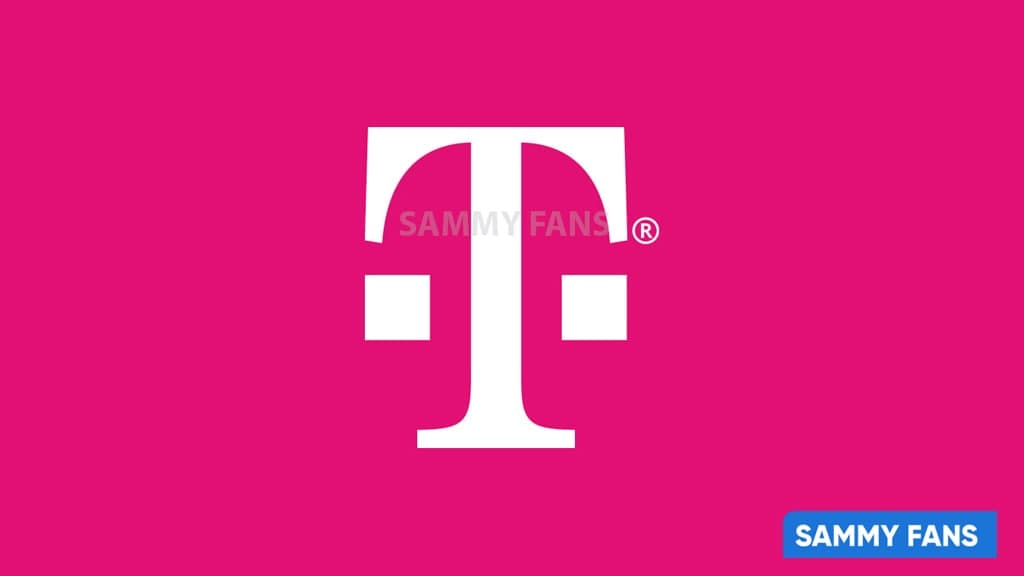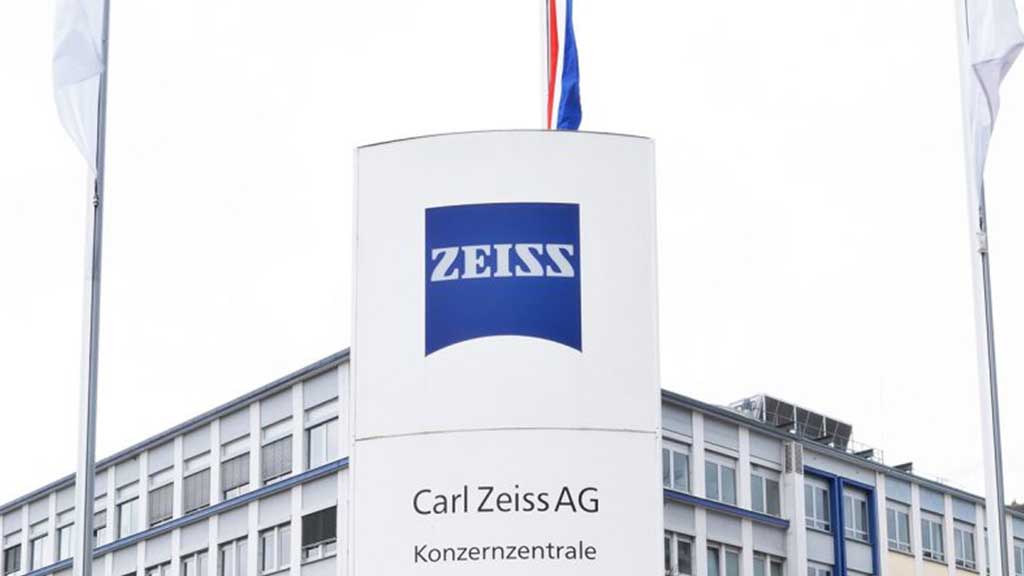News
T-Mobile agreed to pay $19.5 million to FCC for last year’s 911 outage in US

It must have been a really painful experience if you had to contact the respondent first and the 911 call did not connect, but the same thing happened to thousands of T-Mobile customers in the US on June 15, 2020, in 12 hours.
As a result of the alarming incident, the wireless carrier this week agreed to pay $19.5 million in a settlement with the Federal Communications Commission (FCC).
As a result of this horrific incident, the wireless carrier this week agreed to pay $19.5 million in settlements with the Federal Communications Commission (FCC). According to the FCC report, 911 interruptions nationwide last year resulted in a “complete failure” of more than 23,000 emergency calls.
The FCC stated that the “brief failure of the leased fiber transport link on the T-Mobile network” was the initial cause of the useless time and that it was out and combined due to a temporary routing error in the single location. The restoration was also affected by a temporary failure. ”

In an extensively reported statement on the settlement with the FCC this week, T-Mobile said it had improved the reliability of its emergency systems to make 911 available to customers when needed.
It now “goes beyond FCC’s research and continues our focus on our ongoing network build-up,” the company said.
“We understand how critical reliable connectivity is to ensure public safety and we take that responsibility very seriously,” T-Mobile said in the statement. “We have built resiliency into our emergency systems to ensure that our 911 elements are available when they’re needed. This was a short-term isolated outage and we immediately took steps to further enhance our network to prevent this type of event from happening in the future.”
This is not the first time T-Mobile customers have encountered problems calling 911. In 2014, several interruptions blocked the service for a total of three hours. The carrier agreed to pay the FCC $ 17.5 million to resolve the issue.
Get notified –
Aside from SammyFans’ official Twitter and Facebook page, you can also join our Telegram channel and subscribe to our YouTube channel to get notified of every latest development in Samsung and One UI ecosystem. Also, you can follow us on Google News for regular updates.
News
Lee’s secret mission: Samsung poaches ZEISS for chipmaking supremacy

Samsung Boss Lee fled Germany to discuss potential partnerships with ZEISS. The official toured to ZEISS headquarters in Oberkochen and discussed cooperation in the nanometer processes field.
Per the announcement, Samsung plans to lead the sub 3nm ultra-fine process in the foundry market and start mass production of 6th-generation, 10-nanometer DRAMs using EUV processes by the end of the year.
This news comes right after TSMC revealed its roadmap of production on the 1.6nm process. The Korean tech giant is confident that its Gate-All-Around (GAA) tech will make it the market leader in the 2nm process.
“Collaboration with ZEISS will enable us to improve the performance and production processes of next-generation semiconductors and increase yield,” Samsung Electronics said.

Image: Samsung Newsroom
Galaxy Camera x ZEISS
ZEISS-branded camera come in vivo smartphones, hence, this collaboration is unlikely as Samsung doesn’t want any other branding for Galaxy’s camera. The company uses ISOCELL and Sony image sensors in Galaxy devices.
Previously, it was rumored that Samsung considering collaborating with Olympus. However, we haven’t seen any further development in the story and the company’s plans on promoting camera with unique branding.
Lee’s visit to ZEISS is all about partnership in process technology. Samsung Foundry is looking to attract clients as it already left behind TSMC in the market as well as losing consumers like Qualcomm.
Stay up-to-date on Samsung Galaxy, One UI & Tech Stuffs by following Sammy Fans on X/Twitter. You can also discover the latest news, polls, reviews, and new features for Samsung & Google Apps, Galaxy Phones, and the One UI/Android operating system.
Do you like this post? Kindly, let us know on X/Twitter: we love hearing your feedback! If you prefer using other social platforms besides X, follow/join us on Google News, Facebook, and Telegram.
News
Weekly Wrap: Galaxy S24 FE, Watch 7 Ultra, One UI 6.1.1 Video AI, 50W Charger and more

Welcome to SammyFans’ Weekly Wrap which has something for everyone!
Galaxy S24 FE
- Galaxy S24 FE 5G spotted in UK carrier’s database.
- The phone would carry model number SM-S7210U in the region.
- Samsung is developing the Galaxy S24 FE with the R12 codename.
- As the development commenced late, the release may be pushed to later this year.
Galaxy Watch Ultra
- Watch 7 Classic could hit shelves, whereas Ultra will join the party as a new member.
- Samsung is reportedly developing the first Galaxy Watch Ultra.
- SM-L705UZ – USA
- SM-L705N – Korea
- SM-L705F – Global
- Previous reports indicate that the Ultra watch may boast 578mAh battery.
- Samsung is reportedly developing the first Galaxy Watch Ultra.
One UI 6.1.1 Video AI
- Samsung put its entire software manforce to develop One UI 6.1.1.
- The next One UI upgrade is said to bring some new AI features in July this year.
- Tipster revealed that the Galaxy AI in One UI 6.1.1 will bring the “Video AI” features.
- Video AI might mean text-to-video generation or real-time generative editing.
- Samsung might also bring AI-powered video shooting features.
50W Dual Port Charger
- Samsung silently released a new 50W charging adapter (EP-T5020) with dual ports.
- It’s available in select European countries, expansion might take place in the future.
- There’s no phone capable of charging over 45W speed.
- Meanwhile, it’s still worth buying!
- It allows users to charge two Galaxy phones at 25W simultaneously.
- To get 50W speed (for laptops), you need to use the first port.
Galaxy Z Flip 6, Fold 6 (Ultra)
- Storage:
- Galaxy Z Flip 6 will be available in 256GB and 512GB storage options.
- Galaxy Z Fold 6 is said to be available in 256GB, 512GB, and 1TB variants.
- Colors:
- The Z Flip 6 might feature Mint and Silver Shadow colorways besides Crafted Black, Peach, and White.
- The Z Fold 6 would be available in Navy and Silver Shadow, alongside Crafted Black and White.
Galaxy C55 with leather back
- On April 22, Samsung launched the Galaxy C55 in China.
- The design includes an eye-catching plain leather back cover full of premium texture
- The phone is equipped with a Snapdragon 7 Gen 1 chip and a 50MP selfie camera.
Stay up-to-date on Samsung Galaxy, One UI & Tech Stuffs by following Sammy Fans on X/Twitter. You can also discover the latest news, polls, reviews, and new features for Samsung & Google Apps, Galaxy Phones, and the One UI/Android operating system.
Do you like this post? Kindly, let us know on X/Twitter: we love hearing your feedback! If you prefer using other social platforms besides X, follow/join us on Google News, Facebook, and Telegram.
News
TSMC unveils A16: 1.6nm semiconductor manufacturing process

TSMC will commence 1.6nm semiconductor production in the second half of 2026. The company’s Co-Chief Operating Officer, Y.J. Mii, announced (via NikkeiAsia) in the US that the new A16 chip manufacturing technology will begin production in the second half of 2026.
South Korea’s Samsung Electronics is also working on 1.6nm process tech, called Backside Power Delivery. Taiwanese chipmaker said that 1.6nm is an area where they are competing with Intel, racing to boost the speed of AI semiconductors.
Demand from AI chip companies led TSMC to develop the new A16 chip manufacturing process faster than expected. High NA EUV, the next-generation extreme ultraviolet exposure equipment for drawing ultra-fine circuits, is unlikely to be used.
Samsung previously revealed it plans to mass produce 2nm in 2025 and 1.4nm in 2027, which is similar to TSMC. Meanwhile, Intel could start mass production of the 1.8nm process later this year, with 1.4nm expected to be announced in 2027.
Stay up-to-date on Samsung Galaxy, One UI & Tech Stuffs by following Sammy Fans on X/Twitter. You can also discover the latest news, polls, reviews, and new features for Samsung & Google Apps, Galaxy Phones, and the One UI/Android operating system.
Do you like this post? Kindly, let us know on X/Twitter: we love hearing your feedback! If you prefer using other social platforms besides X, follow/join us on Google News, Facebook, and Telegram.












